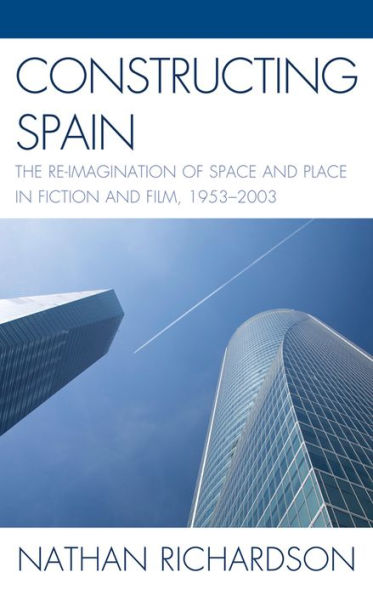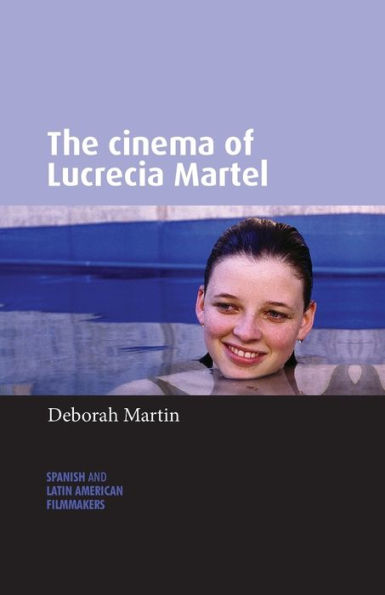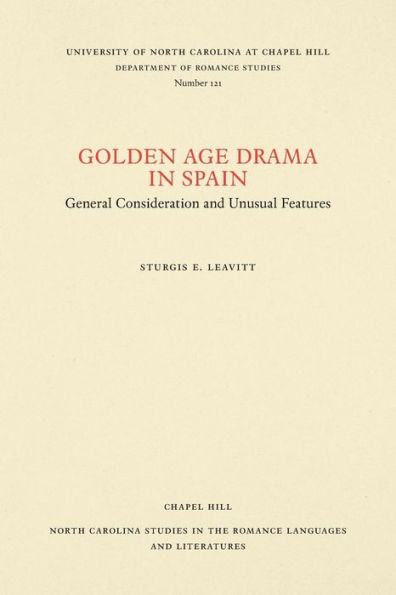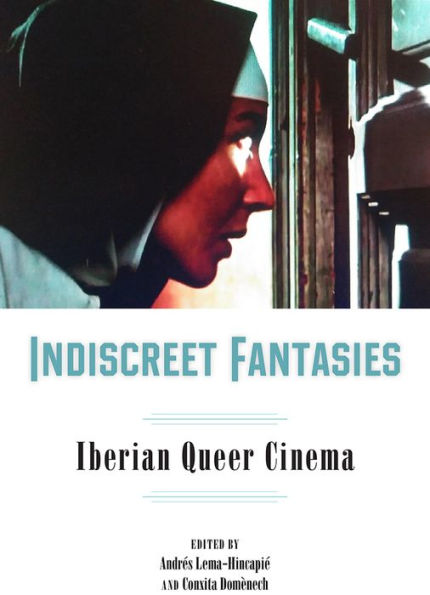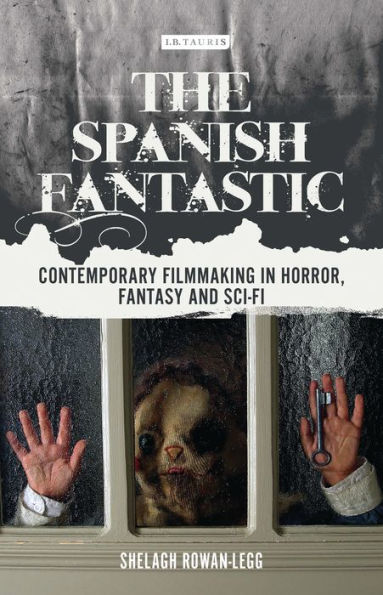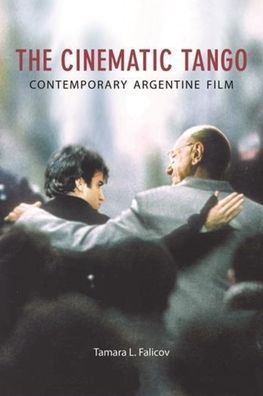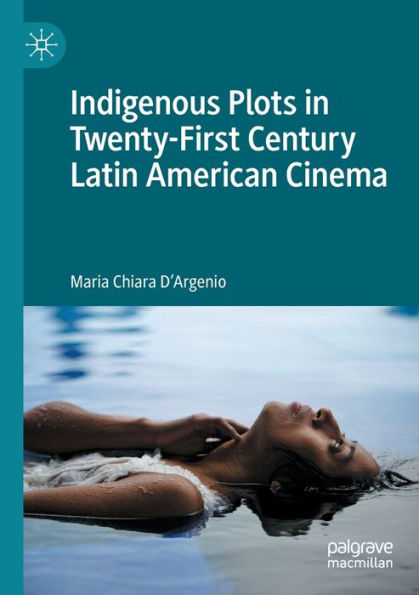Home
Novelty and Artistry in Blasco Ib��ez's Cinematic La tierra de todos (1922)
Loading Inventory...
Barnes and Noble
Novelty and Artistry in Blasco Ib��ez's Cinematic La tierra de todos (1922)
Current price: $45.00


Barnes and Noble
Novelty and Artistry in Blasco Ib��ez's Cinematic La tierra de todos (1922)
Current price: $45.00
Loading Inventory...
Size: OS
*Product Information may vary - to confirm product availability, pricing, and additional information please contact Barnes and Noble
In
(1922), Blasco Ibáñez breaks ground in terms of themes and motifs, characters, narrative technique, and structure, very frequently in ways that indicate he was creating a new type of novel, the "novela cinematográfica," with Hollywood in mind. But despite the significant influence of film in his novel, which includes panoramic views, tracking shots, and simultaneous scenes, for example, Blasco was not yet prepared to give up such film-averse items as flashbacks or detailed descriptions.In this novel novel, Blasco utilizes numerous narrative strategies, from the most objective panoramic views to the most subjective passages, which feature the author's intrusive opinions and occasional insult-laden criticisms, especially of Parisian society in Chapters I-IV, where hypocrisy and unfaithfulness reign, and XIX-XX, with its presentation of prostitution.The narrative has two central foci: competition among principal members of the dike- and channel-construction crew for the attention of the femme fatale Elena Torrebianca, which ends in a deadly duel between the Frenchman Roger de Canterac and the Italian Enrico Pirovani, two project leadership team members, and a rivalry for the US engineer Ricardo Watson involving Celinda Rojas and Elena, which results in the kidnapping of the former, and a subsequent rescue, headed up by Watson himself.Blasco's attention to structure is best illustrated in that, in later chapters, he revisits motifs and narrative threads that had appeared early on, often closing them out, due to which the novel projects a sense of completion.Although
is not one of Blasco Ibáñez's masterpieces, it merits greater critical attention, since it demonstrates his continuing evolution as a writer, as it weds his passion for film with the art form for which he had become famous worldwide, the novel.
